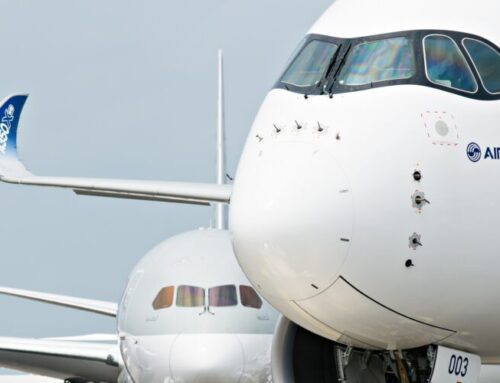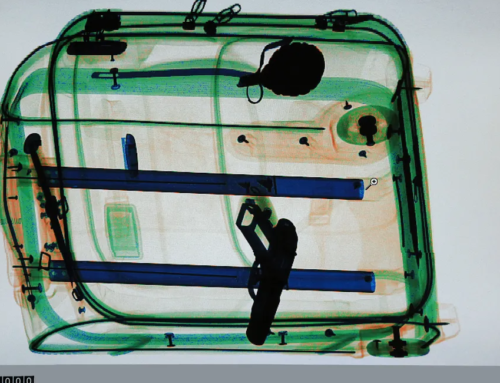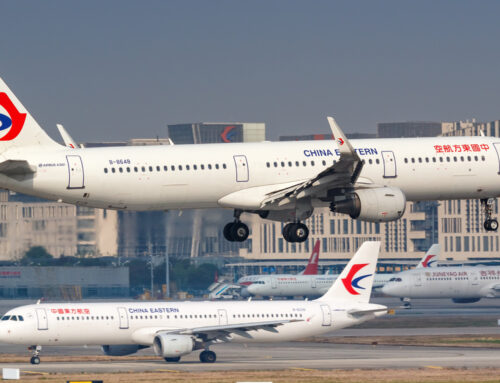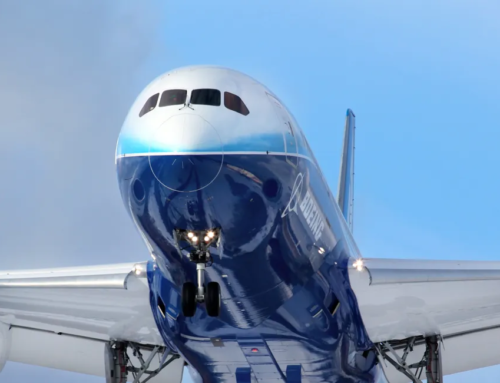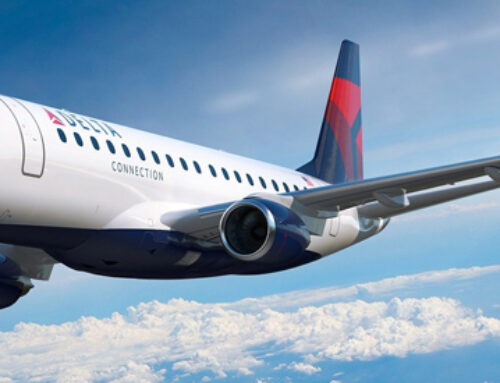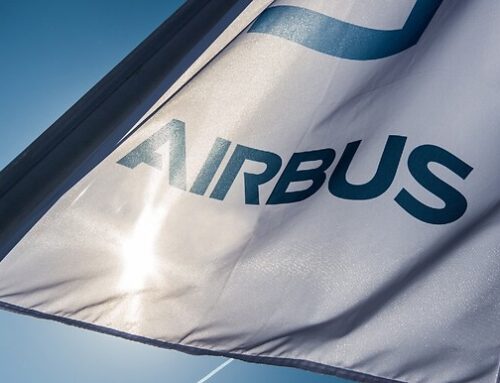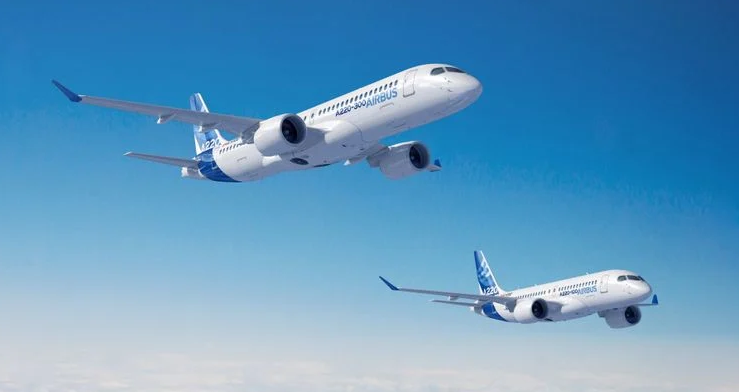
The proposed Airbus A220-500 narrowbody jet and the larger A321 could put the US aircraft giant—which won’t have a new plane this decade—in a bind. The lower-risk approach turned the Airbus A320neo family, with its new fuel-efficient engines, into the industry’s fastest-selling aircraft, outselling the Boeing 737 Max, and the stretched A321 model has become a hit with customers seeking a slightly bigger jet without the fuel burn of a widebody behemoth.
Now, Airbus looks set to apply the strategy to its smaller A220, a model it picked up a few years ago when Canada’s Bombardier Inc. was forced into a fire sale of its troubled prestige project.
Designing a new commercial aircraft requires huge financial outlays and years of engineering wizardry, and success isn’t assured, as the short-lived Airbus A380 jumbo can attest. Such missteps—the double-decker jet never recouped its $20 billion in development costs before being dropped in 2019—explain why the aerospace industry’s preferred route these days is to tweak, stretch and reconfigure existing models at a fraction of the cost, rather than take the plunge with an all-new jetliner.
Only this time, archrival Boeing has no comeback option, leaving it unusually exposed in a duopoly that for decades thrived on one-upmanship. Saddled with $57 billion in debt and the lingering fallout from two crashes of its 737 Max model, the US plane maker recently conceded it won’t design a new aircraft this decade. That inability to respond will cede vital ground to Airbus as the European company sets out to squeeze its US competitor from above and below, in the market segment that makes most of the industry’s profits: single-aisle jetliners.
Guillaume Faury, Airbus’s chief executive officer, said last month that it’s a question of when, not if, the company goes ahead with the A220-500. The aircraft could potentially have a shorter range than Boeing’s 170-seat 737-8 Max variant, but it would also have the ability to carry almost the same number of passengers, with a new design and better fuel economy.

If Airbus proceeds with the program—a risky bet, because the new plane could also steal business from its profitable older A320 narrowbodies—the move threatens to shift the dominance of the lucrative market for workhorse short-haul jets even further toward Europe.
“The A321 has gained a significant market share, and Boeing doesn’t really have a product that competes directly,” says Lindsey Webster, senior vice president of asset valuations at consultant mba Aviation. “The A220-500 would offer another avenue for Airbus to grow,” she says, calling an aircraft designed from scratch “inherently more efficient” than a reconfigured model.
Airbus’s success in the narrowbody sector has been partly tied to two fatal crashes that led to a 20-month grounding of Boeing’s latest 737. But more significantly, the European manufacturer has been able to scale up its A320-series jets to a size and range that the Max simply can’t match.
At the same time, airlines have been clamoring for single-aisle planes capable of carrying more people over longer distances, so much so that the as many as 244-seat A321neo, together with its long-range variants, now represents the single most popular model in the Airbus lineup.
As airlines move on from ordering the latest generation of the 35-year-old baseline A320, which seats 180 and was once Airbus’s bestseller, the plane maker has a chance to offer a midsize narrowbody alternative—a role the stretched A220 could fill.
Such a plane would compete directly with the 737-8 Max, Boeing’s only hot seller in the single-aisle category after demand came storming back once US regulators ended the grounding in November 2020. That sales restart handed Boeing a victory over Airbus last year in the competition for the most aircraft orders.
Boeing points to the 1,400 orders won by the Max series since it was allowed to return to the skies as reflecting the value of the 737’s versatility and commonality with older planes already in carriers’ fleets. “We are confident our product line is well-positioned, and we’re focused on executing to meet that customer demand,” a spokesman says.
Bombardier developed the A220 in two sizes, seating 130 and 160 people, but had touted a bigger A220-500 version as it sought to take on both the 737 and A320. That challenge ultimately failed because of the Canadian company’s limited resources amid a $2 billion cost overrun, rather than any failings of the plane itself.
Known as the C-Series under Bombardier ownership, the A220 boasts composite wings and fuel-efficient engines from Pratt & Whitney, and it’s popular for its airy cabin, large windows and low noise levels. Carriers including Delta Air Lines, JetBlue Airways and Air France-KLM have ordered almost 800 of the jets. The A220-500 version would likely raise the plane’s capacity to as many as 175 seats.
“We don’t need that plane today, but we believe it will make a lot of sense when the A320 family will have gone more to the A321,” Faury said. “We create a sort of space at the low end of the A320 family that can legitimately be occupied by the A220-500.”
Faury offered up his confident prediction days after Boeing CEO Dave Calhoun in November ruled out designing a new plane to close the gap in its product lineup, telling an investor conference: “I don’t think we’re going to even get to the drawing board this decade.”
The US plane maker, already heavily indebted, would need an additional $15 billion or more to fund a clean-paper design, requiring it to sell equity, something Calhoun has also ruled out. Instead, Boeing is likely to wait until a breakthrough engine or some other leap in technology provides a guarantee to spur sales.
In the meantime, the A220-500 could hand Airbus a 13% efficiency advantage over the 737-8 Max on a per-seat basis, according to Addison Schonland, an analyst at AirInsight Group. That’s a considerable saving at a time when fuel prices remain high and airlines are under pressure to slash emissions.
The model would also give Airbus a new avenue for orders while the A320 series has a backlog of more than 6,100 planes that would take eight years to fill, and is acting as a disincentive for some airlines to make aircraft purchases now.
Although Faury and Airbus sales chief Christian Scherer talk up the merits of a stretched A220, the plane would nevertheless pose risks for the company. A commitment to build the A220-500 could not only stifle sales of the 737 but also cannibalize Airbus’s own baseline A320, which is priced at $20 million more than the largest current A220.
Airbus would want the A220-500 to be a sales success, of course, but it needs to ensure a smooth transition. Rendering the A320 obsolete too quickly would depress revenue, possibly leave the plane’s production lines with insufficient work and gut the existing fleet’s value. “The A320 is a golden goose, and they run the risk of displacing themselves as well as Boeing,” says JPMorgan analyst Seth Seifman. “They want a good business case for the A220-500 on its own rather than only to hurt Boeing.”
All that means Airbus might not commit to the new plane for a few more years, while making clear it’s just around the corner, says Richard Aboulafia, managing director of consultants AeroDynamic Advisory, who sees discounters including 737 stalwart Southwest Airlines Co. as possible buyers.
“Talking now is perfect,” Aboulafia says. “You want airlines to do their fleet-planning with the A220 in mind. It’s the Max 8 with shorter range and better economics, lighter, thinner and with a really great engine.”
By Siddharth Philip and Julie Johnsson @bloomberg.net & AirGuide Business

